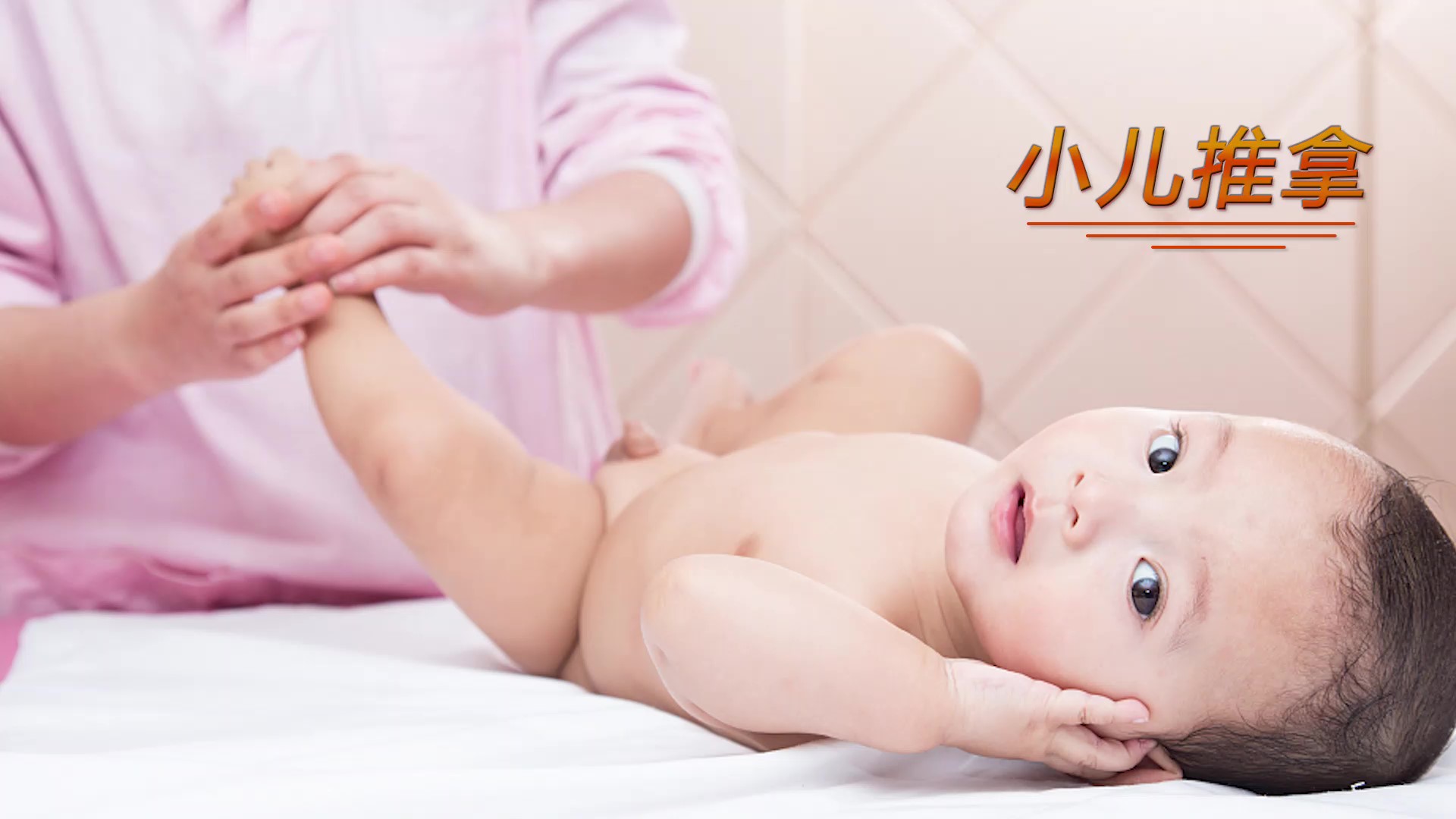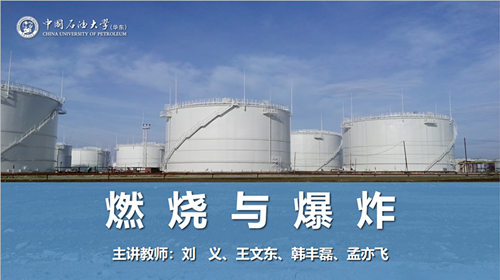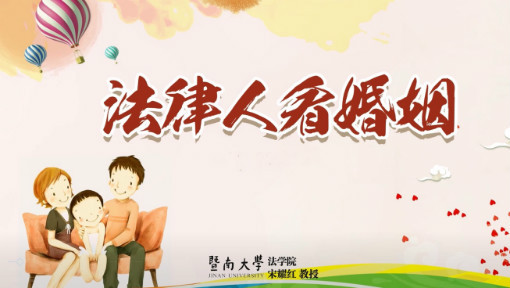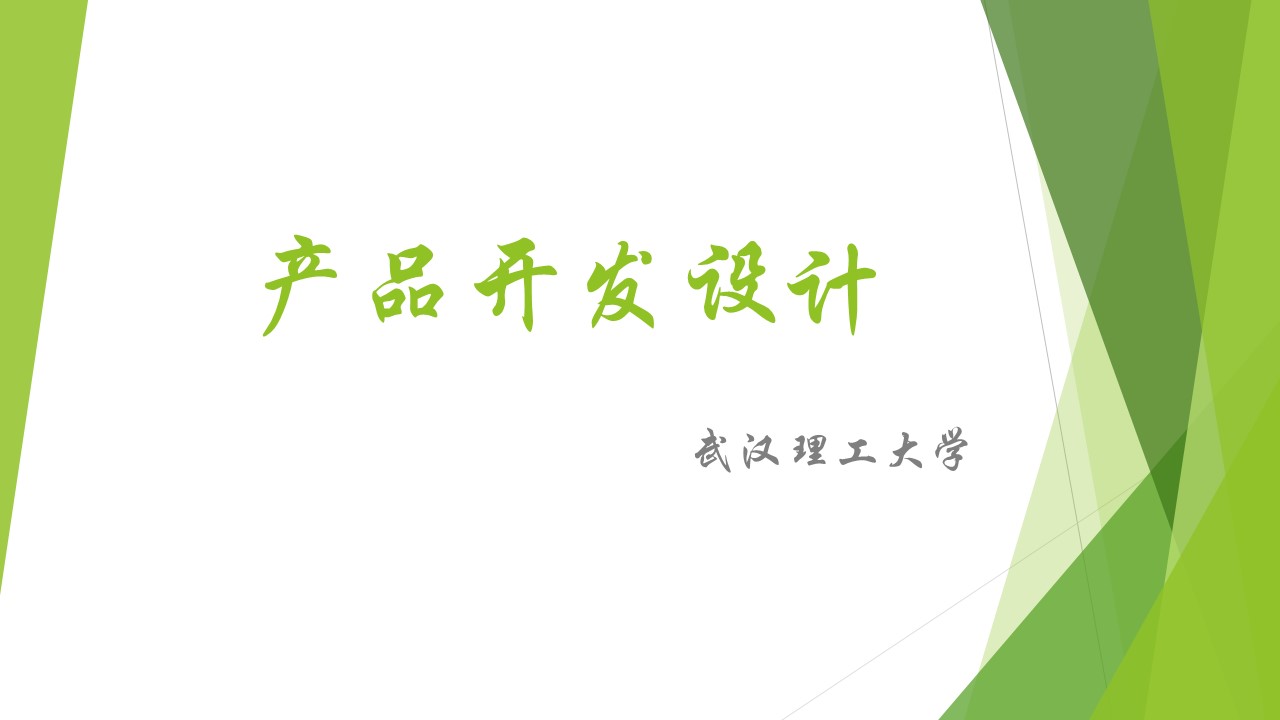
当前课程知识点:Chinese Ceramics > Unit 9 Blue and White Wares (Qinghua Ci) > 9.4 The charm of QinghuaⅡ > 9.4 The charm of QinghuaⅡ
返回《Chinese Ceramics》慕课在线视频课程列表
天哪,看看这是什么
一个陶瓷杯子
邱教授,您能和我们讲讲这个漂亮的杯子吗
当然,这是一个手绘青花玲珑瓷
看,这个杯子产于景德镇
对的,这些瓷器只有白色和蓝色
像花儿一样美
所以古人称之为青花瓷
它是中国瓷器的主流品种之一且只在中国特有
哇,要做出这样精致的艺术品一定很难
那是当然。青花瓷的制作非常复杂
需要用含氧化钴的钴矿为原料在陶瓷胚体上描绘纹饰
再罩上一层透明釉
经高温还原焰一次烧成
钴料烧后呈蓝色
使得青花瓷非常美观
我听说伦敦佳士得拍卖公司
在2005年夏天举行了一场“中国瓷器及艺术品”拍卖会
一件元代青花人物罐
以1400万英镑的巨额成交
(折合人民币2.3亿多元)
创下了中国瓷器拍卖价格的世界纪录
书香门第、官宦人家大多将青花瓷作为装饰品
是一种身份和地位的象征
我祖父也有一个这样的花瓶
我从未想过这是一件宝贝
怪不得我祖父总是把花瓶擦得干干净净放在他的房间
告诉我们,把这个花瓶当成家宝
有机会一定去你家看看这个宝贝
哈哈,欢迎
大家好
今天我们继续谈青花瓷风韵
邱老师,您可以为我们介绍一下
元青花瓷的用料和特征吗
元青花瓷使用的进口钴料
成份是低锰
高铁
含少量的硫和砷
无铀和镍
青花呈色后
蓝色聚集的地方
有黑色的斑点
釉面浮现铁光斑
和凸凹不平
是元青花最鲜明的时代特征
也是后世无法仿造的
元青花瓷的呈色主要有哪些
呈色包括深蓝
翠蓝和紫蓝
纯正、艳丽、深沉
有一种特殊的晕散效果
就像是一幅幅水墨画
纹饰的题材
多为龙风、麒麟、牡丹、缠枝
以及诸如
“三顾茅庐”
“昭君出塞”等充满神奇色彩和富有人文意义的人物故事
外销的青花瓷
无不文饰满
加之许多绘画
都由隶属蒙元朝廷的画局出样
窑场画师
依样精心描绘
遂使许多元代青花瓷装饰艺术独具风采,饮誉天下
伦敦佳士得拍卖公司在2005年夏天
举行了一场“中国瓷器及艺术品”拍卖会
一款由荷兰凡赫默特家族
收藏了近90年的元代青花人物罐
以1400万英镑的巨额成交
(折合人民币2.3亿多元)
创下了中国瓷器拍卖价格的世界纪录
这件青花罐饰以优美的青花图纹
图案栩栩如生
画面上的主人公
鬼谷子坐在
由狮虎共拉的两轮车上
后面跟着两个骑马的人
其中一个穿着武官衣服
打了一面旗写有“鬼谷”两字
这讲的是一个中国战国时期的故事
燕国和齐国交战
为齐国效命的孙膑
为敌方所擒
他的师傅鬼谷子率领众人
下山营救爱徒
邱老师,据我所知
元青花瓷主要供应海外市场
而在国内并未引起文人土大夫乃至宫廷的兴趣
元朝在景德镇
设立浮梁瓷局为宫廷制瓷
喜欢的却是当时景德镇生产的卵白瓷
这种素面的一道釉瓷器
延续了中国传统的文人的审美观
以素净为高雅
这种情况在元之后是否发生了改变
明以后情况开始发生了变化
市民文化的觉齷
戏曲、小说的出现
使中国人的审美情趣开始发生变化
青花瓷
不仅是白底蓝花的
漂亮装饰
而且可以表现各种
不同人物山水花鸟的形象
甚至以当时流行的戏曲、小说为题材
其丰富的表现力是素雅的单色釉瓷器
所不能实现的
青花瓷不光是在海外市场
在中国国内也受到了世人的青睐
明朝的统治者在青花瓷的主要产地景德镇
设立了专为皇家生产瓷器的官窑——御器厂
青花瓷的制作成为官窑瓷器生产的主流
谢谢邱教授,今天为我们介绍这么多知识
今天的课就到这里
谢谢大家,下节课再见
-1.1 Introduction
-1.2 Ceramics in Neolithic, East Han and Wei-Jin Dynasties
--Ceramics in Neolithic, East Han and Wei-Jin Dynasties
-1.3 Sui and Tang dynasties and Song Dynasty ceramics
--Sui and Tang dynasties and Song Dynasty ceramics
-1.4 Ming and Qing Dynasties
-Unit 1 test
--Unit 1 test
-Discussion questions
-2.1 The Unique Chinese Ceramic Culture
--The Unique Chinese Ceramic Culture
-2.2 The Historical Development of Chinese Ceramic Making
--The Historical Development of Chinese Ceramic Making
-2.3 Chinese Ceramic Shape Art
-2.4 Chinese Ceramic Painting Art
--Chinese Ceramic Painting Art
-2.5 Chinese Ceramic Folk Stories
--Chinese Ceramic Folk Stories
-Unit 2 test
--Unit 2 test
-Discussion questions
-3.1 CeramicCulture and the Zodiac
--CeramicCulture and the Zodiac
-3.2 The heritage of traditional ceramic culture
--The heritage of traditional ceramic culture
-3.3 The development and innovation of ceramic art
--The development and innovation of ceramic art
-Unit 3 test
--Unit 3 test
-Discussion questions
-4.1 Gorgeous Colored Pottery
-4.2 The Method of Making Colored Pottery
--The Method of Making Colored Pottery
-4.3 Primitive Colored Pottery Ⅰ
-4.3 Primitive Colored Pottery Ⅱ
-4.3 Primitive Colored Pottery Ⅲ
-4.4 Black Earthenware
-4.5 White Pottery and Primitive Porcelain
--White Pottery and Primitive Porcelain
-Unit 4 test
--Unit 4 test
-Discussion questions
-5.1 Terracotta Warriors in Qin Dynasty
--Terracotta Warriors in Qin Dynasty
-5.2 Potteries in Han Dynasty
-Unit 5 test
--Unit 5 test
-Discussion questions
-6.1 Dragon kiln and Celadon
-6.2 Yue Kiln and Wuzhou kiln
-6.3 Deqing Kiln and Ou kiln
-6.4 Longquan Wares
-6.5 Yaozhou Wares
-Unit 6 test
--Unit 6 test
-Discussion questions
-7.1 Tang Tri-Colored Pottery
--7.1 Tang Tri-Colored Pottery
--7.1 Tang Tri-Colored Pottery
-7.1Tang Tri-Colored Pottery
--7.1 Tang Tri-Colored Pottery
--7.1 Tang Tri-Colored Pottery
-Discussion questions
-Unit 7 test
--Unit 7 test
-8.1 The flourishing age of the Song Dynasty
--8.1 The flourishing age of the Song Dynasty
-8.2 The flourishing age of the Song Dynasty
--8.2 The flourishing age of the Song Dynasty
-8.3 Ding Wares
-8.4 Ru Wares
-8.5 Guan Wares
-8.6 Ge Wares
-8.7 Jun Wares
-Discussion questions
-Unit 8 test
--Unit 8 test
-9.1 Reasons for the maturity of Qinghua porcelain in Yuan Dynasty
--9.1 Reasons for the maturity of Qinghua porcelain in Yuan Dynasty
-9.2 The Invention of Blue-and-white Porcelain in the Tang Dynasty
--9.2 The Invention of Blue-and-white Porcelain in the Tang Dynasty
-9.3 Fine China Ware became the Symbol of ChinaⅠ
--9.3 Fine China Ware became the Symbol of ChinaⅠ
-9.3 Fine China Ware became the Symbol of ChinaⅡ
--9.3 Fine China Ware became the Symbol of ChinaⅡ
-9.3 Fine China Ware became the Symbol of ChinaⅢ
--9.3 Fine China Ware became the Symbol of ChinaⅢ
-9.4 The charm of QinghuaⅠ
-9.4 The charm of QinghuaⅡ
-9.4 The charm of QinghuaⅢ
-Discussion questions
-10.1 Da Ming Wucai
-10.2 Wooden engravings influence on Wucai porcelain
--10.2 Wooden engravings influence on Wucai porcelain
-10.3 Kangxi Wucai
-10.4 Liling Under-glaze multicolored porcelainⅠ
--10.4 Liling Under-glaze multicolored porcelainⅠ
-10.4 Liling Under-glaze multicolored porcelainⅡ
--10.4 Liling Under-glaze multicolored porcelainⅡ
-Discussion questions
-11.1 The advent of Fencai
-11.2 Fencai Porcelain in the Yong zheng period
--Fencai Porcelain in the Yong zheng period
-11.3 Fencai Porcelain in the Qianlong Period
--Fencai Porcelain in the Qianlong Period
-Discussion questions
-13.1 Zisha-pottery
-13.2 The Zisha Teapot
-13.3 The Zisha tea set in the Ming Dynasty
-Discussion questions
-14.1 Development of Contemporary Chinese ceramic art
--14.1 Development of Contemporary Chinese ceramic art
-14.2 The internationalization trend of Chinese modern ceramics
--14.2 The internationalization trend of Chinese modern ceramics
-14.3 A new style of contemporary ceramic art Ⅰ
--14.3 A new style of contemporary ceramic artⅠ
-14.3 A new style of contemporary ceramic art Ⅱ
--14.3 A new style of contemporary ceramic art Ⅱ
-14.4 The Trade of the Artisans Ⅰ
--14.4 The Trade of the Artisans Ⅰ
-14.4 The Trade of the Artisans Ⅱ
--14.4 The Trade of the ArtisansⅡ
-Discussion questions
-15.1 Unique Cloisonné technique
--15.1 Unique Cloisonné technique
-15.2 The Craftsmanship and Development of Cloisonné
--15.2 The Craftsmanship and Development of Cloisonné
-15.3 The Problems Facing the Inheritance of Cloisonné
--15.3 The Problems Facing the Inheritance of Cloisonné
-15.4 The inheritance and development of Cloisonné
--15.4 The inheritance and development of Cloisonné
-Unit 15 Test
--Unit 15 Test
-Discussion questions
-16.1 Appreciation of Chinese ceramics
--16.1 Appreciation of Chinese ceramics
-16.2 Explore the origins of ancient ceramics Ⅰ
--16.2 Explore the origins of ancient ceramics Ⅰ
-16.2 Explore the origins of ancient ceramics Ⅱ
--16.2 Explore the origins of ancient ceramics Ⅱ
-Unit 16 Test
--Unit 16 Test
-17.1 Traditional Chinese Decorative Patterns
--17.1 Traditional Chinese Decorative Patterns
-17.2 Application of Traditional Chinese decorative patterns in ceramics
--17.2 Application of Traditional Chinese decorative patterns in ceramics
-Unit 17 Test
--Unit 17 Test
-Discussion questions





